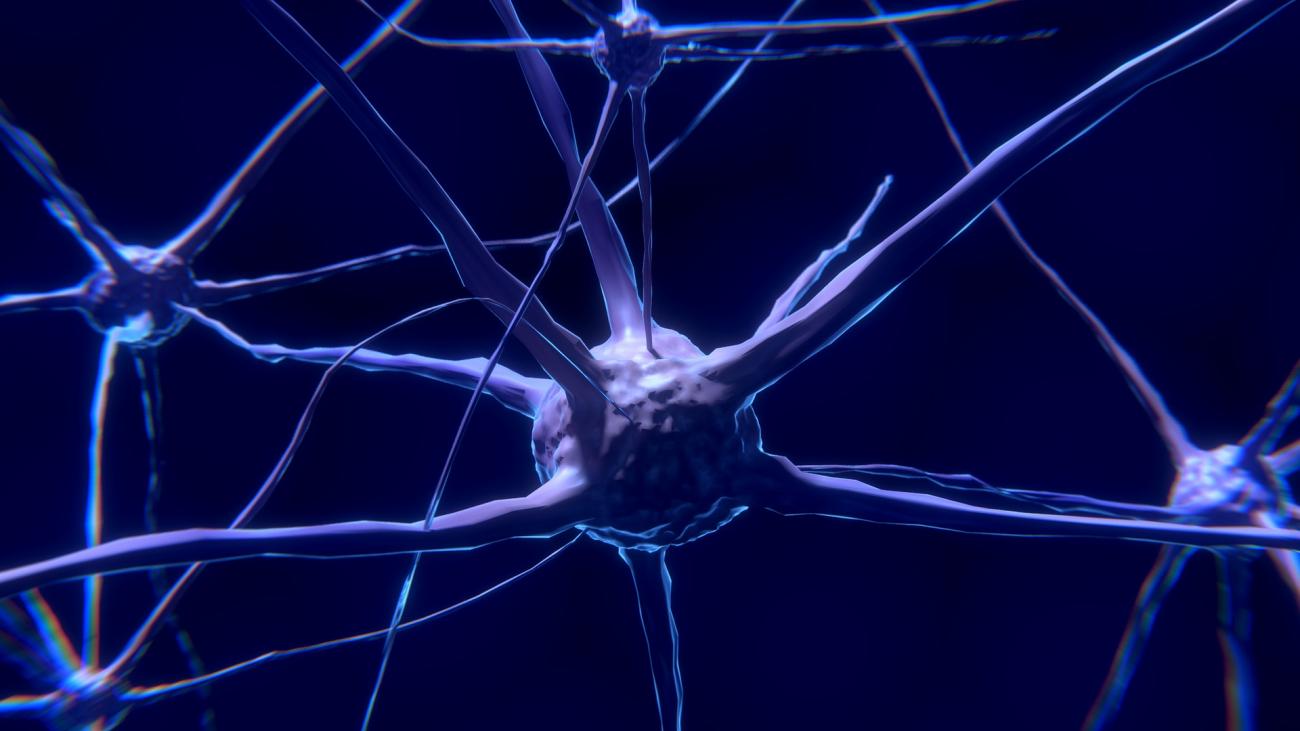Title: Sounds in silence: How glial cells in the ear promote development of the auditory system
Abstract:
Neural pathways that process sensory information rely on both genetically preprogrammed events and active refinement to establish proper connectivity. Remarkably, active processes begin prior to the onset of sensory experience, when neurons fire spontaneous periodic bursts of action potentials. This highly stereotyped, intrinsically generated activity promotes neuronal survival, maturation, and initial refinement of their connections. In the auditory system, spontaneous activity arises within the cochlea prior to hearing onset. During this critical developmental stage, glia-like supporting cells that surround inner hair cells spontaneously release ATP, triggering a cascade of events that ultimately results in hair cell depolarization, glutamate release, and bursts of activity in groups of auditory neurons that will ultimately process similar frequencies of sound. We used electrophysiological recordings in isolated cochleae and in vivo imaging of auditory neuron activity from pre-hearing mice to uncover the complex molecular steps used to activate hair cells before hearing onset and the macroscopic patterns of activity exhibited by auditory neurons before hearing begins. I will discuss our recent evidence that osmotic changes in supporting cell shape regulate hair cell excitability, and describe the effects of connexin 26 deletion, a leading cause of inherited deafness, on early patterned activity in the developing auditory system.
Dr. Bergles is a Professor in The Solomon H. Snyder Department of Neuroscience, Department of Otolaryngology, and Head & Neck Surgery in the Johns Hopkins University School of Medicine.
NACS Seminars are free and open to the public.




